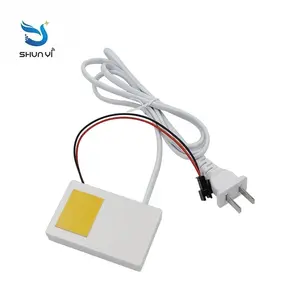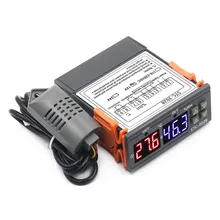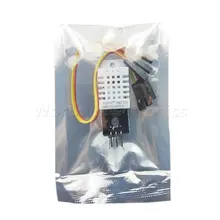A light sensor switch also known as a photoelectric sensor switch, is a device that automatically controls the lighting in a space based on the amount of ambient light present. The sensor detects changes in light levels and triggers the switch to turn the lights on or off accordingly. Light sensor switches are available in various designs, offering a convenient and cost-effective way to optimize lighting control based on natural light conditions.
Types of light sensor switches
Automatic light sensor switches are versatile devices that can be used in various settings, both indoors and outdoors. Automatic light sensor switches are capable of detecting ambient light levels and triggering the connected lights to turn on or off as needed. Outdoor light sensor switches are commonly used for controlling exterior lighting, such as outdoor security lights, streetlights, and parking lot lights. Outdoor light sensor switches are created to sense variations in the surrounding light and automatically turn on the linked lights once they get dark, offering lighting for safety and security purposes. Indoor light sensor switches are utilized in commercial buildings, offices, and public facilities to control indoor lighting based on natural light levels. Indoor light sensor switches are often integrated into lighting systems to regulate the amount of artificial light in response to the available natural light, helping to reduce energy consumption and create a more comfortable indoor environment. For example, bathroom light sensor switches are specifically designed for use in bathrooms and other similar spaces. Bathroom light sensor switches are equipped with features such as motion detection and ambient light sensing to automatically turn the lights on when someone enters the space and off when it is unoccupied, enhancing convenience and energy efficiency.
Designs of light sensor switches
The sensor component inside light sensor switches typically utilizes a photoresistor or photodiode to measure the intensity of natural light in the environment. When the ambient light falls below a certain threshold, the sensor triggers the control mechanism to turn on the lights. Conversely, when the ambient light levels rise above the set threshold, the control mechanism switches off the lights. Light sensor switches are often equipped with adjustable sensitivity settings, allowing users to customize the threshold at which the lights are activated or deactivated. Additionally, some light sensor switches may feature built-in timers or delay settings to control the duration for which the lights remain on after being triggered.
The design of light sensor switches also includes protective enclosures to shield the sensor components from environmental factors such as moisture, dust, and physical damage. This ensures the reliable operation of the sensor and control mechanism in various outdoor and indoor settings. Furthermore, modern light sensor switches may incorporate wireless connectivity and smart technology, enabling remote control and automation features.











































 浙公网安备 33010002000092号
浙公网安备 33010002000092号 浙B2-20120091-4
浙B2-20120091-4